The Meme is the Message
cw: raunchy and bigoted memes embedded below. while this blog is under a CC0 license, the memes within are not; I’ve linked each to sources
On February 5th, 2020, a meme was born:
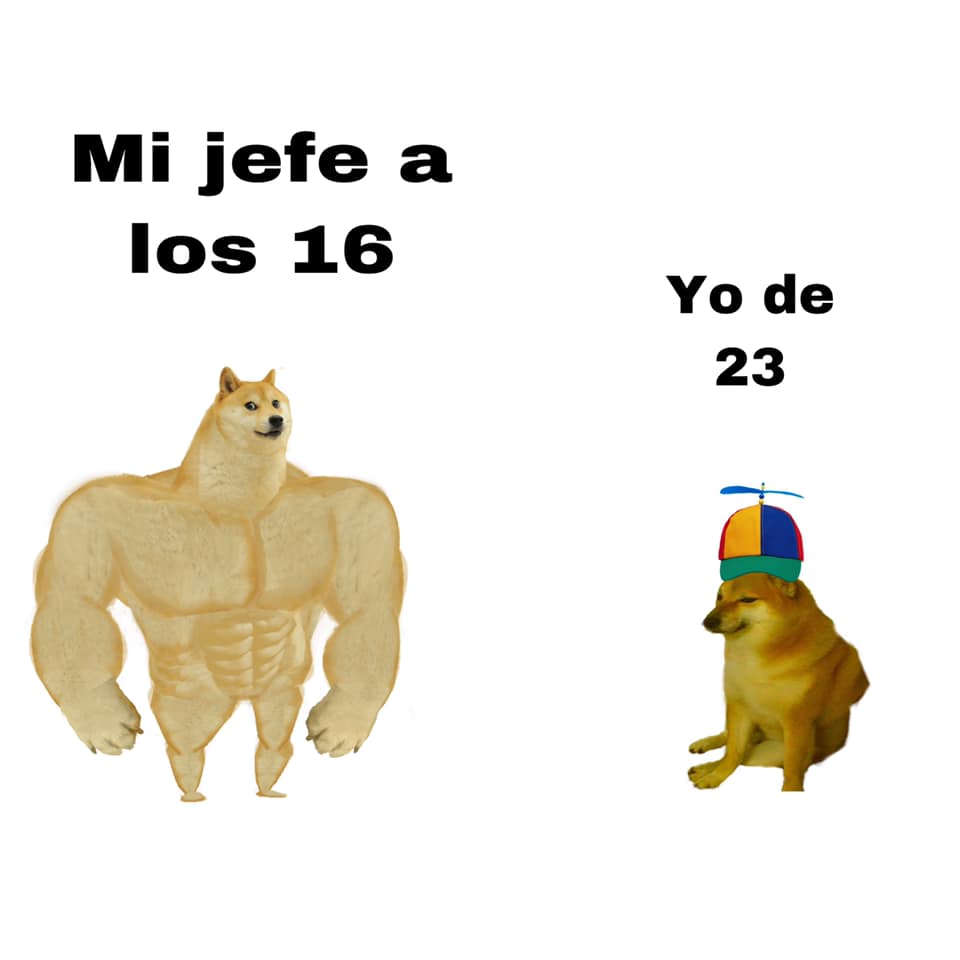
Behold!—the comparison doge! In this format, a very strong and powerful doge from some point in the past compares to an inadequate contemporary one. The meme flew under the radar for months, until in mid-May variations of it began circulating around twitter and reddit and its popularity exploded.
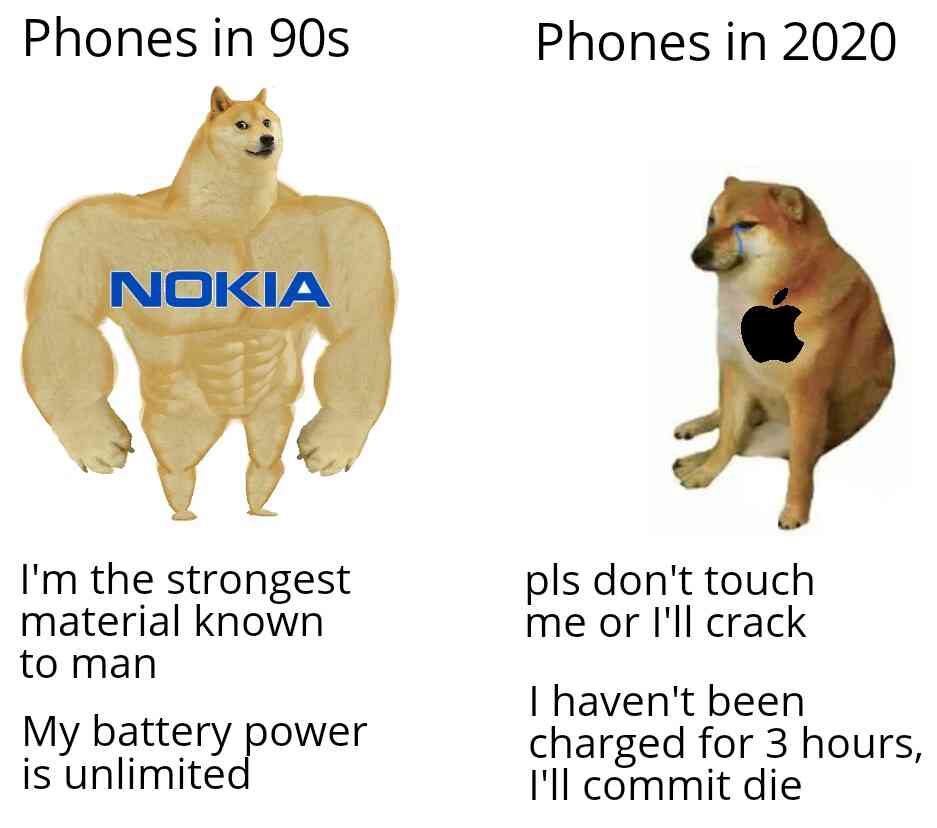
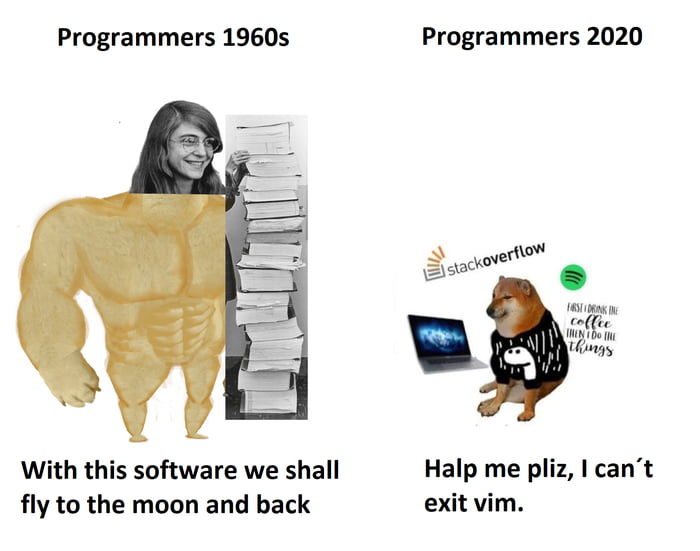
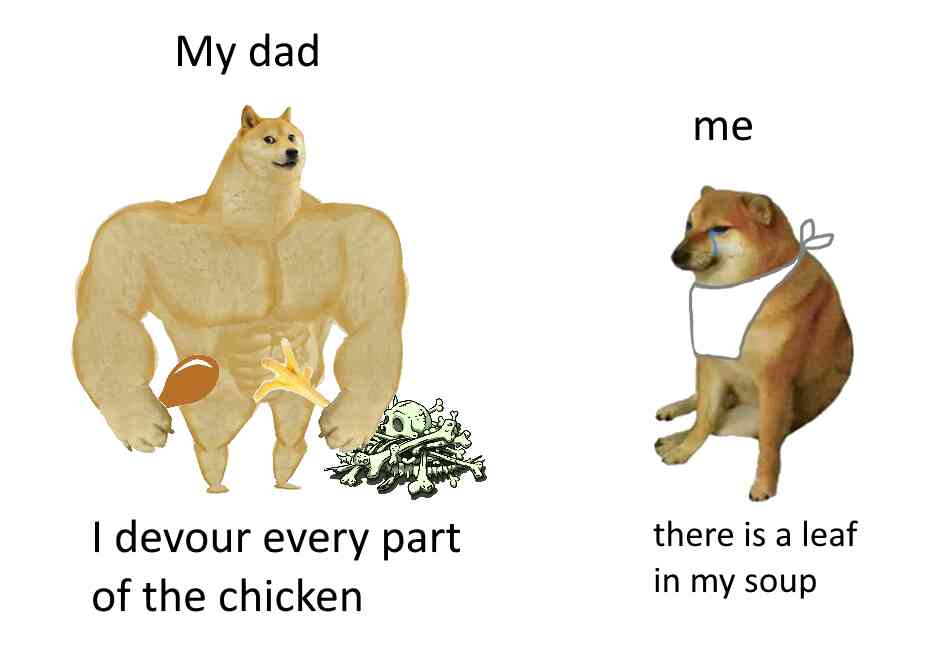
In addition to featuring the Doge of olde, the meme brings in the relatively new character of Cheems, the modern lackey doge. At risk of outing myself as a, um, occasional, reddit lurker, I saw a lot of these memes, and started noticing a trend.
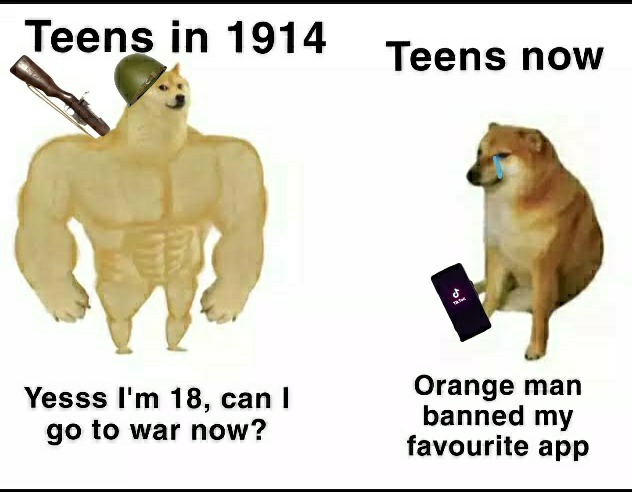
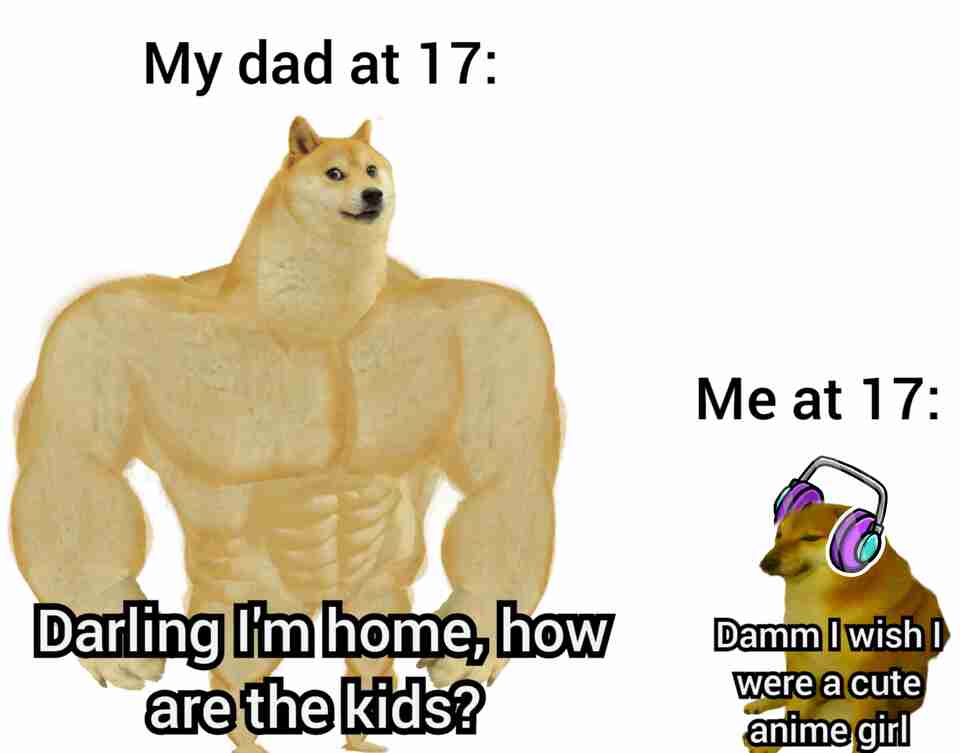
The fundamental structure of the format is comparing something which was old and good to something today which is weak and inadequate. Without stepping outside the bounds of this structure, it’s difficult to make any positive statement about the current state of things. This plays well into the “doomer” aesthetic of disaffected young people, especially where Cheems plays “me” and makes the joke a self-deprecating one, but the format becomes much more pernicious when Cheems does not play “me”, but instead some “other”. In many cases, the “other” is a Social Justice Warrior strawman while Doge plays some model minority or imaginary well behaved progressive of the past.
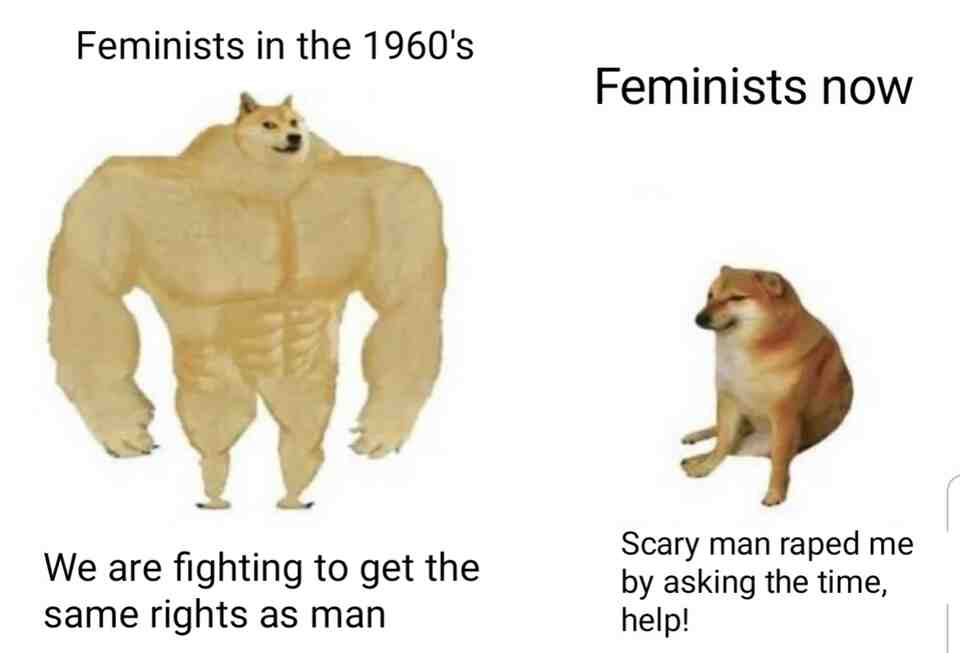
In either of these uses, the format is almost inevitably nostalgic and regressive, even reactionary. To escape this ideological tug, an author has no choice but to go outside the normal bounds of the template.
This observation has gotten me thinking more seriously about the kinds of subtexts that are communicated not by memes, but by the underlying meme formats. While many are ideologically neutral, like comparison formats or absurdist ones, many others do have ideological slants to them, and these slants often lean right.
Consider the use of webcomics as fill-in-the-blanks meme templates. While, as we’ve seen, the comic used in the template carries subtext and structures the joke, it’s also important to the consider who the comic’s author is and what other comics they’ve made. I’m alluding, of course, to Stonetoss, the white supremacist everything-phobe whose comics were used for countless memes in 2017-19.
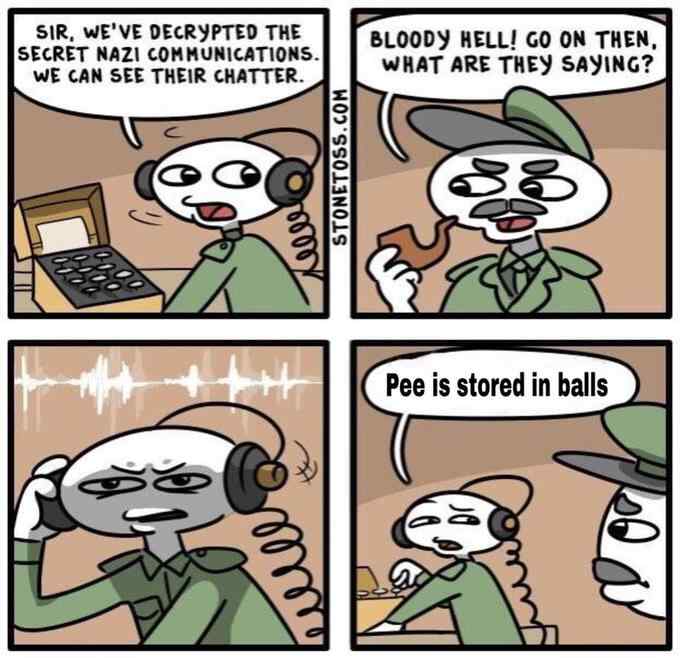
While some memes using Stonetoss comic templates are harmless enough—funny, even—they usually retain the Stonetoss watermark, funnelling unsuspecting readers toward the plainly fascist comic. This, in turn, increases the chance that some of Stonetoss’s more slimy comics are shared and used for memes, like the grossly ableist “Acquired Tastes” format.
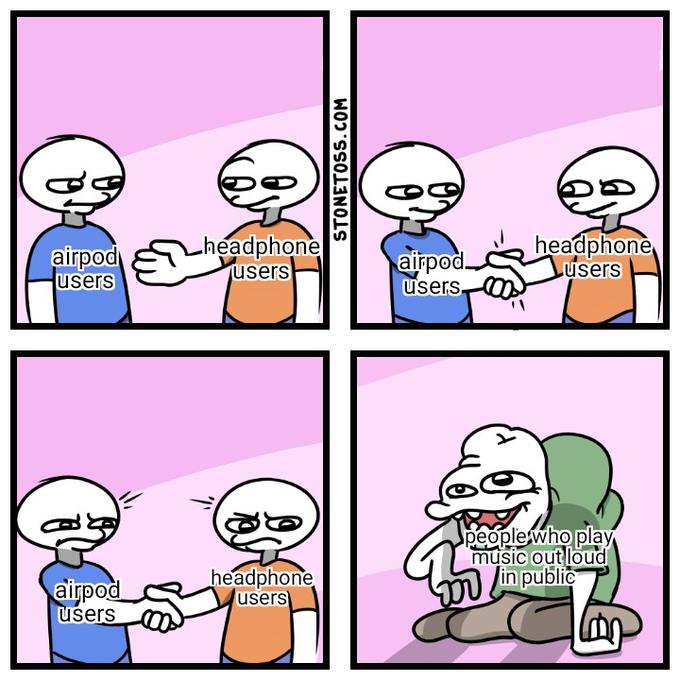
Subverting the Subversive
These days, Stonetoss memes are rare. Their death was not of natural causes—an organized campaign was run to spread awareness of his ugliness and toxicity, largely through the subreddit r/antifastonetoss. This resistance took place along three main fronts:
- Spreading great memes with his comics, but with his signature replaced with "Stonetoss is a Nazi"
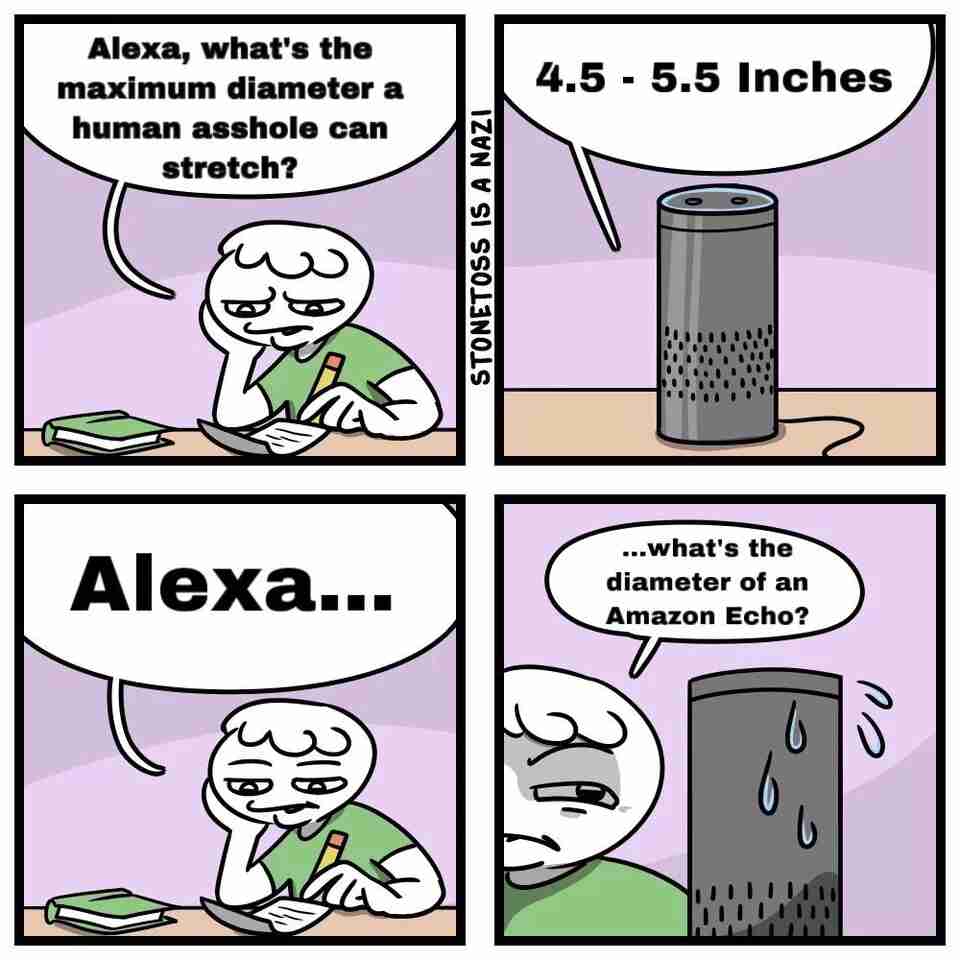
- Consistently commenting the same on posts made by [un]witting memers using his formats.
- Co-opting the comics to spread positive/lefty messages
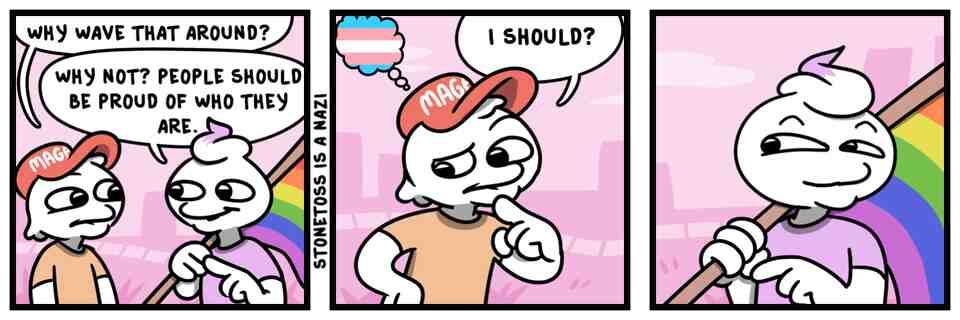
Awareness quickly spread about Stonetoss, and today memes with his comics are rarely found outside alt-right spaces.
In the case of Doge vs Cheems, the subversion of it was not organized—and mostly not even intentional—but used techniques consistent with the Stonetoss resistance. One was subverting the format to argue for the continual strength or weakness of a group of people:
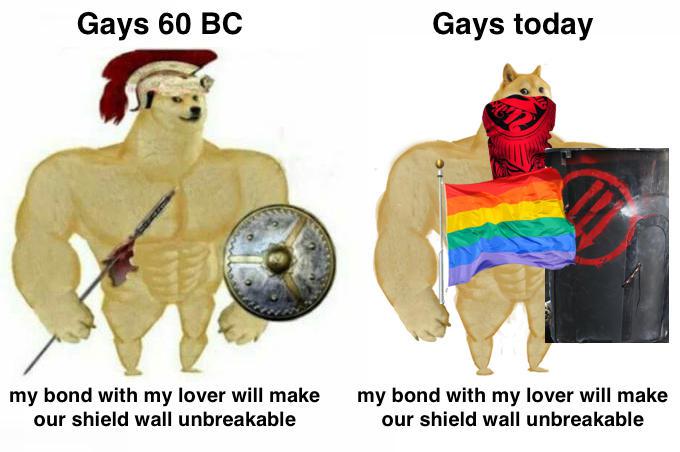
The other was a sort of muddying of waters by using the format for meta-humor or absurdist purposes:
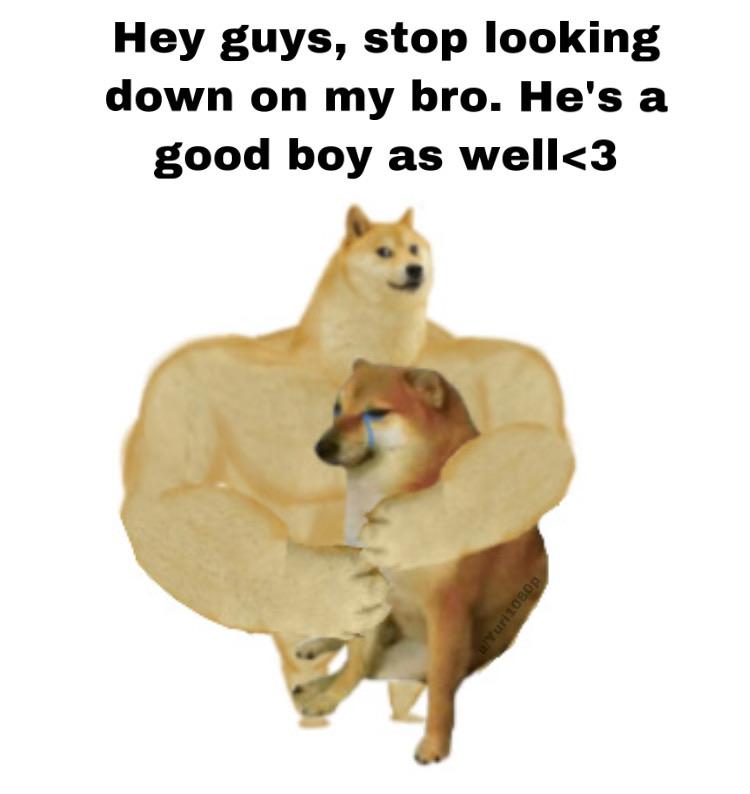
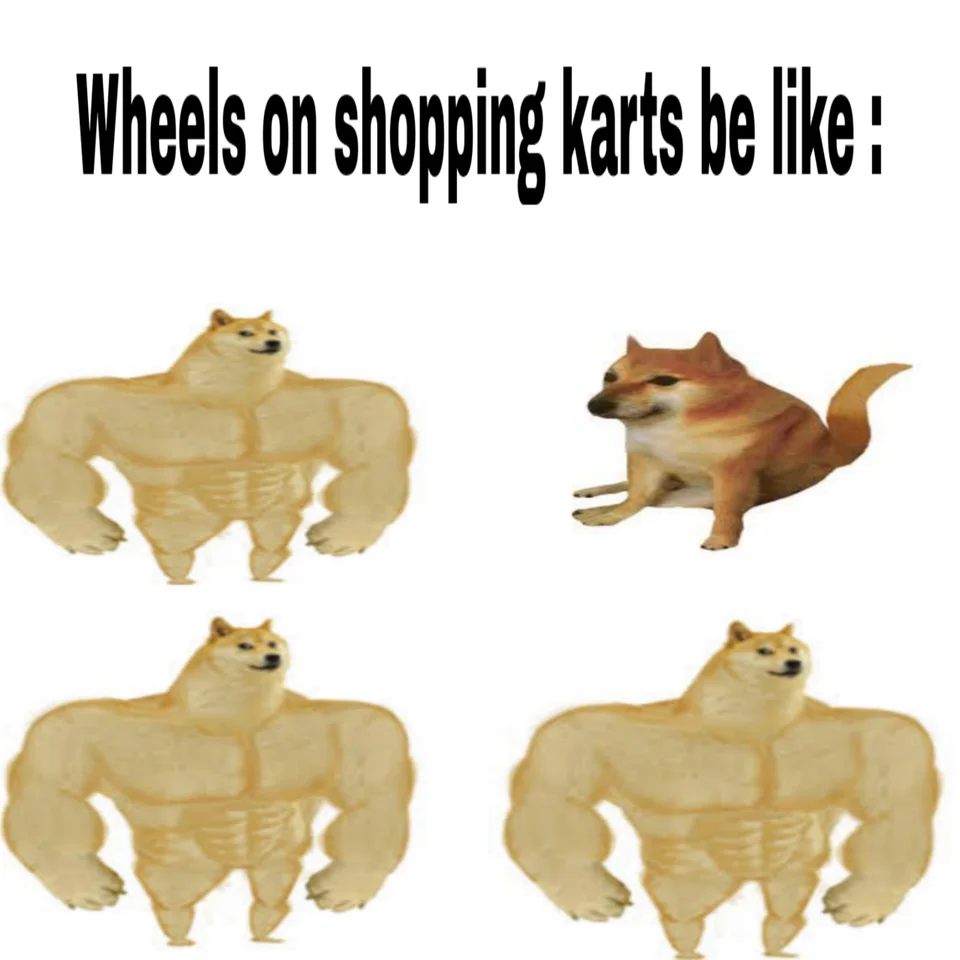
In the natural lifecycle of a meme, structural subversions like these often signal the format has run its course since the default joke has been exhausted. With Doge vs Cheems, all of these variations came toward the end of its time, and today the format is rarely seen without subversions.
Toward a Left Meme Practice
It’s a common criticism that “the Right can’t meme” since they intersect with boomer comics and impact font MAGA trash, but this fails to account for the way ideas can be encoded in formats themselves. While leftists spread spicy commentary largely through overt and inflexible twitter screenshots, the Right spreads ideas through teenagers who don’t even realize they’re doing so. While we have proven models for playing defense against this form of propaganda, I believe there is a need to further organize these efforts to more consistently replicate the Antifa Stonetoss success. In recent weeks, several right-wing meme propaganda campaigns have flourished amid delayed and disorganized resistance—we can do better.
More importantly, I believe there is a need to start playing offense in this arena by more proactively creating and bolstering formats that guide readers and creators alike to a more coherent and adversarial worldview. In the next installment of this series, we’ll dig deeper into what Shitposting Praxis™ looks like by analyzing some lefty formats found in the wild and trying to understand what makes some successful and others not.